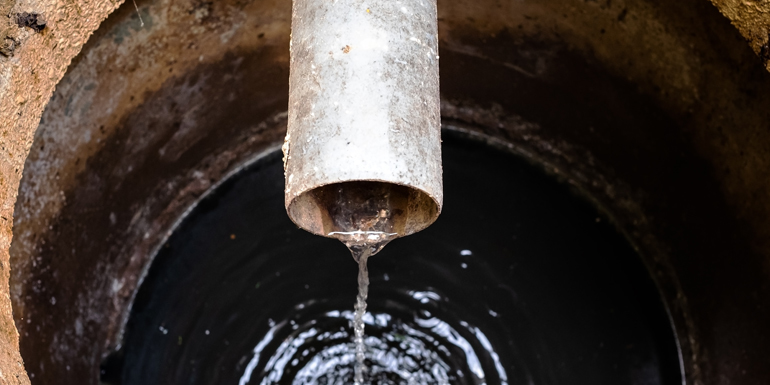If you are a homeowner, chances are, you have had to deal with a sewer line blockage at one point in your life. If you haven’t dealt with one yet, you are likely to do so in the future. Sewer line blockages can be very inconveniencing, especially if it is a main sewer blockage. A blockage in your plumbing line doesn’t always require a specialist to fix, simple pipe clogs can be repaired just by using a pump and a little force. However, when a wide pipe, such as the toilet line clogs up, you may want to enlist the services of your local plumber to fix it.
How to identify a sewer line blockage
A clogged-up drain or sewer line is simple to identify. If you notice you’re having trouble draining water from your sink or tub, then you could be having a blockage in your plumbing system. A blockage in the main sewer line can cause water and waste to flow back into your house. You may experience this when you’re flushing your toilet, and then water starts flowing back from your shower or bathtub drain. When you run your dishwasher or your washing machine, you may start noticing water in your sink. If you come across any of these signs, then it is an indication that you may have a sewer line blockage.
How to know if you have a drain clog or a main sewer line blockage
The first step to solving a blockage is to identify the type of blockage. If it is a drain clog, then only the pipe that is clogged up will be affected. For example, if your kitchen sink drain is blocked, only the sink will have trouble draining water out. A drain blockage can be fixed easily by hydro jetting or using a drain snake to clear out the drain. A main sewer blockage on the other hand may mean bad news. All the water from your house, including the kitchen, bathtub, shower, and toilet exits through the main sewer line. A clogged-up main sewer line can cause trouble for all the drains in your house. As mentioned earlier, if you experience a backflow in more than one drain in your house, you should contact your plumber. Unlike a drain clog, a main sewer blockage is not easy to fix, and will always require the attention of a professional. If you try to clear out the plumbing issue by yourself, you may end up doing more harm than good.

How to identify a sewer line blockage
What can cause a main sewer line blockage?
A main sewer line clog can occur due to several reasons. The most common ones are
- pipe breakages,
- an intruding tree root
- Sanitary towels
- Baby diapers.
In most old houses, you will find that the main sewer line has never been replaced, so the aged pipes will sometimes become brittle and may chip and break, thus clogging up the line. Since most main sewer lines are usually located outside the house, a huge external force directly above the pipe from a heavy vehicle can also cause the pipe to break and clog up. Sometimes, if the sewer line is located close to a huge tree, the roots of the tree can intrude in the pipe while looking for water. The roots, although being small at first, can easily spread and grow inside the pipe and cause a blockage. These types of blockages can be hard to deal with since the tree forms a mesh that traps all other particles flowing inside the pipe. Most main sewer drains usually have a diameter of 6 inches. Other items like baby diapers and sanitary towels or whole tissue rolls have been found in clogged drain pipes as well.
What to do when your main sewer line is blocked
These are some precautions you want to take to prevent further inconveniences when you have a clogged sewer line.
1. Turn off the water
Once you detect a blockage, the last thing you want is a flooded bathroom filled with contaminated water. Turn off the water at the main valve, to cut off the water supply to the house. If you have small kids, they may want to use the sinks and toilets and this may cause water to flow back into the house through the other drains.
2. Notify your plumber
A clogged sewer line is a huge inconvenience, so you want to call your professional as soon as possible. You don’t want to have to deal with the bad odor from the stinking sewer backflow into the house for long periods, so the sooner you call the plumber, the sooner the clog is fixed.
3. Clean up the area
Backflow from a clogged drain is very hazardous because it usually contains contaminated sewer water that can cause serious illnesses. You want to clean up the area as you wait for your plumber to prevent other people from getting in contact with the backflow from the drain.
These steps will help you sort out your drainage issue in no time while minimizing the damage to your house.


